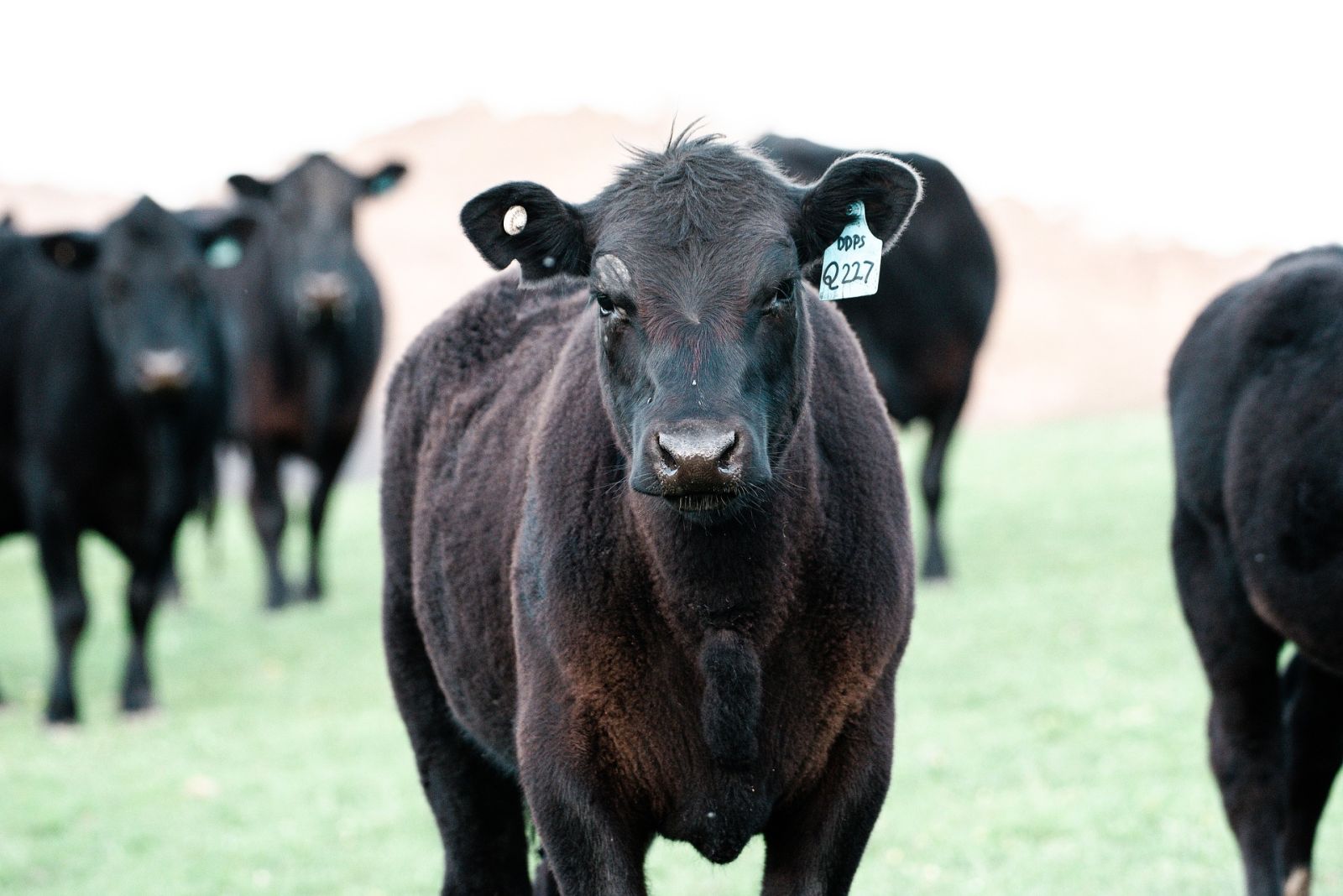
My July 4 Barchart article on the animal protein sector arrived at the height of the barbeque season, which runs from Memorial Day weekend in late May through the Labor Day weekend in early September. On July 4, friends and family gather to celebrate U.S. Independence Day, and hot dogs, burgers, ribs, and other grilled delicacies are on the menu. As the seasons change from summer to fall, barbeques return to storage, and the demand for meats declines.
On July 2, nearby live cattle futures were at the $1.85075 per pound level, with nearby feeder cattle trading at $2.60675. Lean hogs were 89.40 cents per pound. As the August futures rolled to October delivery, cattle and hog prices declined as the market prepared for the end of the 2024 grilling season.
Live cattle declines but remains historically elevated
Nearby live cattle futures moved 10.04% higher over the first six months of 2024 and settled Q2 at the $1.8425 per pound level. As the offseason approaches, live cattle have moved into a bearish trend with recent price declines.

The six-month chart highlights that October live cattle futures have dropped below the $1.80 per pound level before recovering.

Meanwhile, the ten-year chart shows the trend of higher lows and higher highs since the 2020 bottom remains intact. A decline below the December 2023 $1.6220 level would threaten the bullish trend.
Feeder cattle prices fall, but the bullish trend remains intact
Nearby feeder cattle futures moved 16.64% higher over the first half of 2024 and settled Q2 at the $2.5930 per pound level. Feeder cattle have moved into a short-term bearish trend with recent price declines.

The six-month chart highlights that October feeder cattle futures have dropped below $2.4500 per pound.

The ten-year chart shows the trend of higher lows and higher highs since the 2020 bottom remains intact. A decline below the December 2023 $2.0915 level would threaten the bullish trend.
Hogs remain choppy
Nearby lean futures moved 31.78% higher over the first half of 2024 and settled Q2 at the $0.89575 per pound level. Lean hogs have been in a bearish trend.

The six-month chart illustrates the bearish trend in lean hogs for October delivery since the April 9, 2024, high.

The ten-year chart shows the choppy, seasonal, and primarily bearish trend in pork futures since the 2021 $1.22725 peak.
Expect a fall selloff
The recent bearish price action in the cattle and hog futures arena is no surprise as the end of summer approaches. With less than one month until the Labor Day holiday, the 2024 grilling season is ending.
Meats are highly seasonal commodities that rally as the grilling season approaches in spring and decline as it ends in the fall. Since the futures markets reflect deferred prices, the price action often precedes seasonal changes.
If seasonality is a guide, the selloff in cattle and hog futures could take prices lower from the current levels as August futures have rolled to October, the month that starts the off-demand season.
The factors supporting higher offseason prices are a reason to buy the dips cautiously
The three factors that have supported animal protein prices since the 2020 lows are:
- Inflation has increased production costs.
- The pandemic caused prices to fall to levels that caused animal protein producers to reduce output. Falling supplies have supported the bullish trends over the past years.
- The bullish trend in cattle and choppy seasonal path of least resistance in the hog futures have encouraged buying.
Inflation has declined but remains above the Fed’s 2% target. Moreover, production prices have considerably increased over the past years, keeping upside pressure on meat prices. While I would stand on the sidelines during the current seasonal selloff, declining to multi-year lows over the coming weeks and months could set up a significant buying opportunity for the 2025 grilling season. Nearby prices below 80 cents in lean hogs, under $1.85 in feeder cattle, and below $1.40 in the live cattle futures would represent a 50% retracement of the continuous contract prices from the 2020 lows to the most recent highs. While prices could fall further, a scale-down buying approach over the coming months during the fall, winter, and early spring could yield benefits during the next peak grilling season.
Meat prices are heading lower as the offseason for demand approaches, but now could be the perfect time to begin planning a strategy for 2024, as seasonality is a powerful force in the animal protein arena.
On the date of publication, Andrew Hecht did not have (either directly or indirectly) positions in any of the securities mentioned in this article. All information and data in this article is solely for informational purposes. For more information please view the Barchart Disclosure Policy here.






